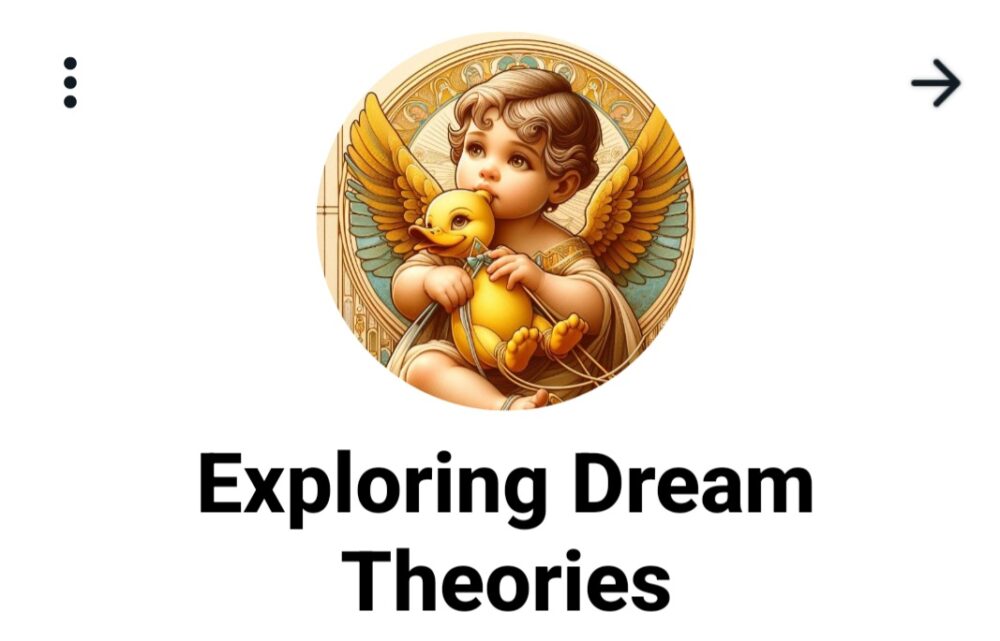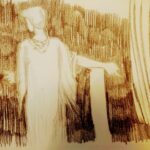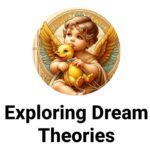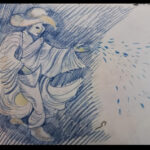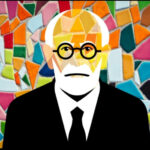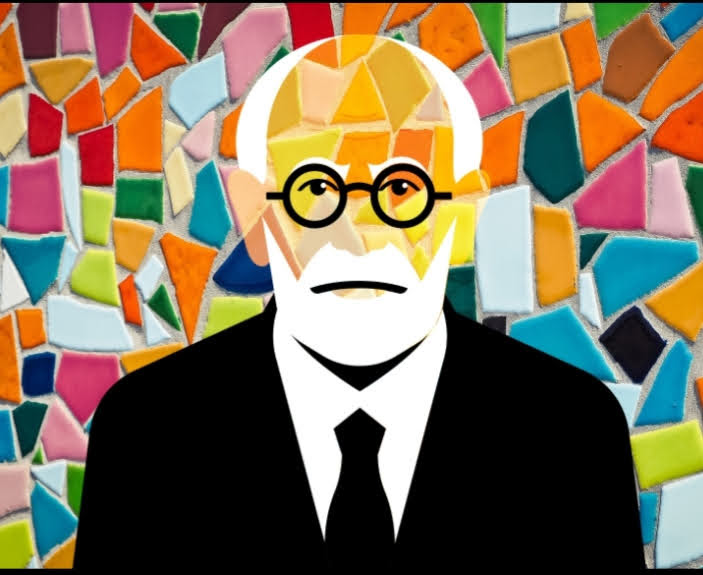
Freudian Theory and Modern Neuroscience
Integration of Freudian Theory and Modern Neuroscience Freud’s psychoanalytic theory posits that dreams reveal latent content, such as our repressed desires and unresolved conflicts. Modern neuroscience offers parallels through studies on the Default Mode Network (DMN), which remains active during REM sleep and is associated with vivid dreaming (Nielsen and Powell, 2022). This activity suggests…
